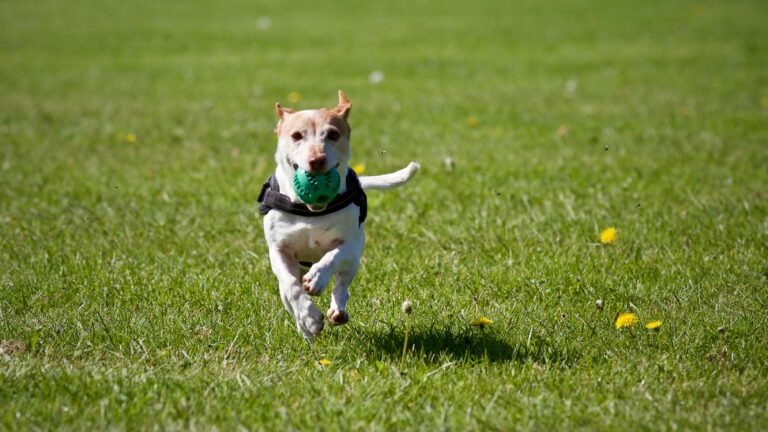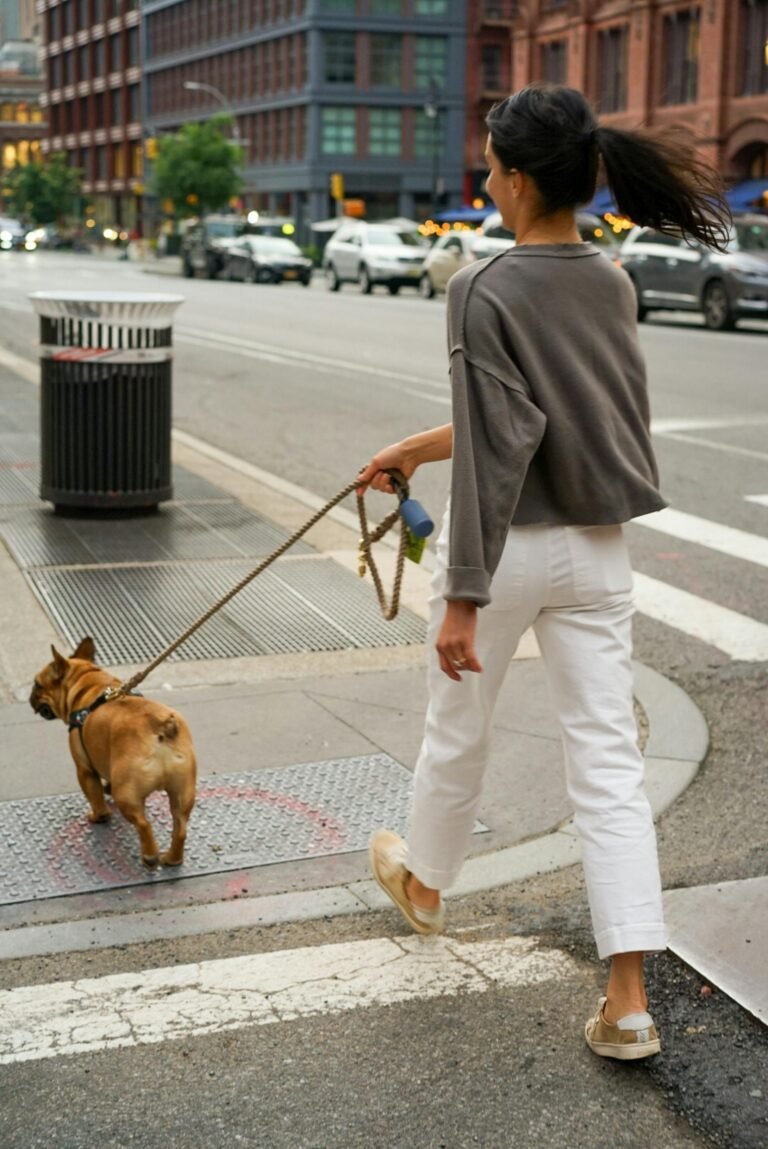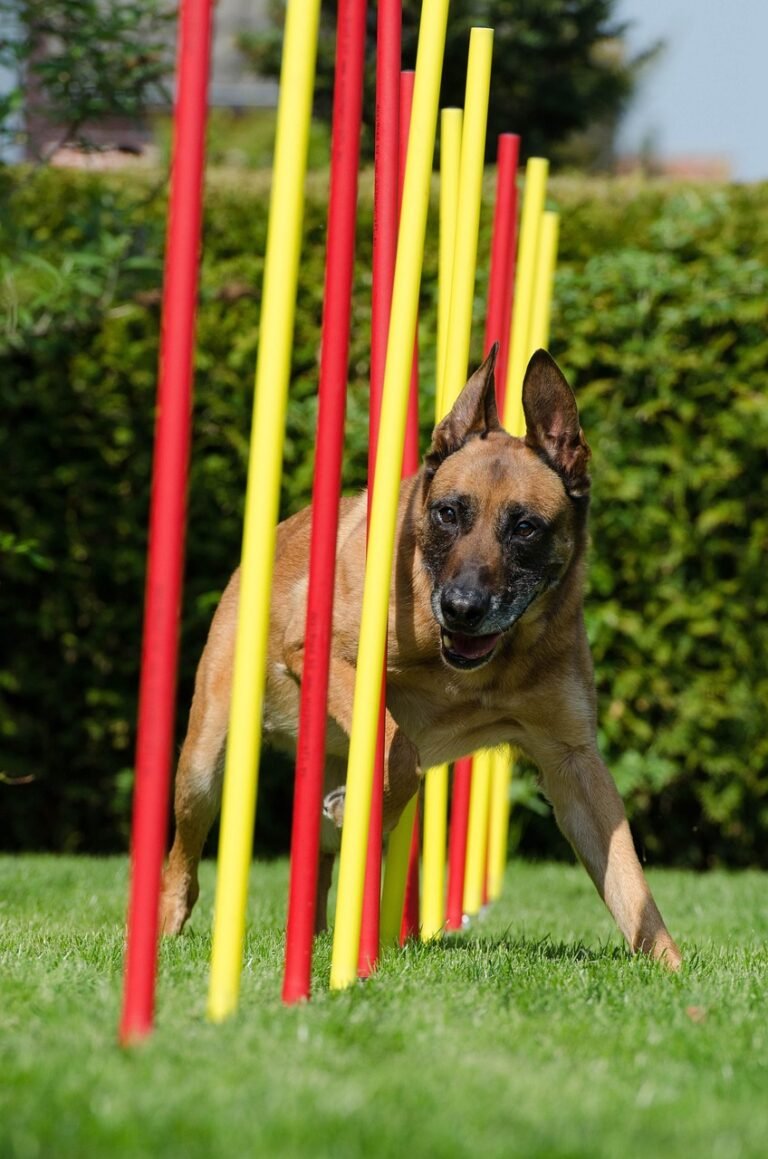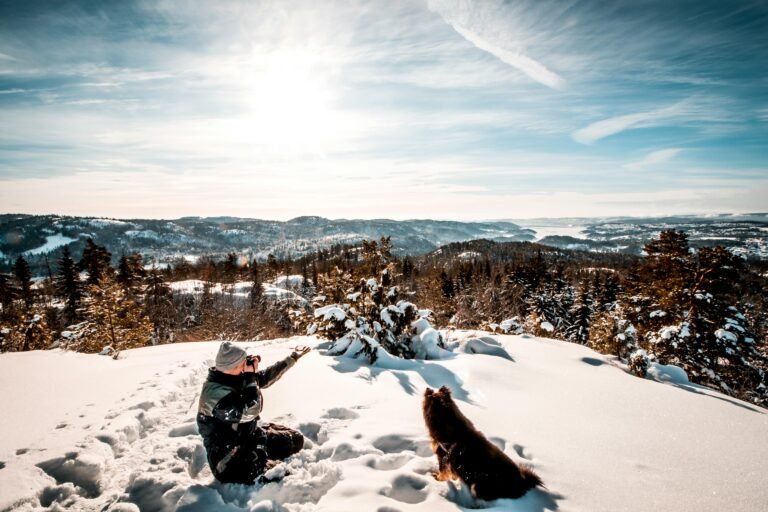The Science of Dog Sleep Patterns
Understanding canine sleep behavior requires an exploration of the distinctive stages of sleep that dogs experience. Dogs have a sleep cycle that varies significantly from that of humans, comprising several stages that include both non-REM (NREM) and REM (Rapid Eye Movement) sleep. In general, dogs tend to require more sleep than humans, averaging 12 to 14 hours of sleep a day, though this may fluctuate based on the dog’s age, breed, and activity level.
During a typical sleep cycle in dogs, they spend approximately 10 to 30 minutes in NREM sleep, followed by a brief phase of REM sleep. This REM sleep stage is particularly noteworthy since it is the period during which dreaming occurs. While humans typically experience about 20% of their sleep time in REM, dogs spend around 10-12% of their total sleep in this stage. This suggests that although dogs sleep less time in REM compared to humans, they still engage in this critical phase of sleep where dreaming may take place.
The frequency with which dogs enter REM sleep is also notable. A dog’s sleep cycle generally lasts about 20 minutes, which is substantially shorter than the 90-minute cycles often seen in humans. This brief cycle allows dogs to slip into REM sleep multiple times throughout the night or during naps, potentially leading to various dream scenarios. Additionally, dogs are known to exhibit physical signs during REM sleep, such as twitching, paddling of their legs, or vocalizations, all of which indicate that their brains are actively dreaming.
By examining these patterns, one can better understand the possibility that dogs, much like their human counterparts, experience dreams. Recognizing the intricacies of canine sleep cycles is essential in appreciating the depth of their sleep and, by extension, their dream experiences.
Do Dogs Dream? Evidence and Studies
The notion that dogs dream has garnered attention not only from pet owners but also from scientists who study animal behavior. Research in the field of canine sleep has provided compelling evidence suggesting that dogs experience REM (rapid eye movement) sleep, which is the sleep stage associated with dreaming in humans. Observational studies have shown that during this phase, dogs often exhibit behaviors such as twitching, paddling their legs, and vocalizing, all of which may indicate that they are engaged in dream activity. These physical manifestations during sleep mirror their waking behavior, leading researchers to theorize that dogs may dream about their daily experiences.
For instance, a study conducted at the University of California, Berkeley, highlighted the similarities in brain wave patterns between dogs and humans during REM sleep. This finding suggests a similar capacity for dreaming, as the cognitive processes associated with memory and experience are activated. Behavioral observations further supported this hypothesis, as many dog owners reported their pets displaying vivid sleep behaviors that could be interpreted as reenactments of activities such as chasing a ball or interacting with other animals.
Moreover, anecdotal evidence from dog owners aligns closely with these scientific findings. Many pet owners have shared stories of their dogs barking in their sleep or moving as if they are running. Such anecdotal accounts not only enrich the understanding of canine sleep behavior but also bridge the gap between scientific inquiry and everyday experiences. The consensus among researchers is that dogs, like humans, may use dreams as a way to process their emotions and daily activities. Thus, while definitive conclusions on canine dreaming are still being explored, the evidence suggests a strong possibility that dogs do indeed dream, engaging their imaginations in ways that reflect their lives while awake.
What Do Dogs Dream About?
The intriguing question of what dogs dream about taps into the fascinating world of canine sleep behavior. Just as humans often dream about experiences and emotions they have encountered during their waking hours, dogs appear to follow a similar pattern. Dogs, known for their indomitable spirit and enthusiastic engagement with their environment, likely have dreams that reflect their rich tapestry of daily experiences and interactions.
Several studies and anecdotal evidence suggest that the content of a dog’s dreams may revolve around typical activities such as playing fetch, running in the park, or interacting with their human companions. It is not uncommon for dog owners to observe their pets twitching, barking, or moving their paws while asleep, which could imply they are reliving joyful experiences. Similar to how human dreams can evoke feelings of happiness or anxiety based on past events, dogs may also reflect emotions tied to their daily lives in their dreams.
Age, breed, and personality are crucial factors influencing what dogs may dream about. For example, younger dogs, brimming with energy and curiosity, might engage in dreams about chasing squirrels or exploring new environments. In contrast, older dogs might dream of quieter moments, such as snuggling with their owners or resting peacefully in their favorite space. Additionally, certain breeds known for their working backgrounds, such as Border Collies or Labrador Retrievers, might showcase dream content related to tasks or jobs they excel at, like herding or retrieving.
Overall, while we may not have definitive answers regarding the exact contents of canine dreams, it is clear that a dog’s experiences, memories, and interactions significantly shape the narratives that unfold during their slumber.
Understanding Your Dog’s Sleep Behavior
Understanding your dog’s sleep behavior is crucial for pet owners who aim to ensure their canine companions remain healthy and well-adjusted. Dogs, much like humans, experience various stages of sleep, including REM (Rapid Eye Movement) sleep, during which dreaming is thought to occur. Recognizing normal sleep patterns can help owners identify potential issues affecting their pets. Generally, dogs sleep around 12 to 14 hours daily, with certain breeds, such as puppies and older dogs, requiring even more rest.
Observing your dog while they sleep can reveal much about their emotional and physical well-being. Normal sleep behaviors often include rhythmic breathing, subtle body movements, and occasional vocalizations, such as whimpers or barks. These reactions may suggest that your dog is immersed in a dream, potentially processing experiences or emotions from their waking hours. However, pet owners should be alert to signs of distress or discomfort during sleep. If your dog exhibits sudden twitching, growling, or appears restless, it may indicate stress or underlying health issues that warrant further investigation.
Creating a comfortable sleep environment is essential for fostering healthy sleep behavior in dogs. A cozy bed, a quiet space free from disturbances, and appropriate temperature control can significantly enhance your dog’s sleep quality. Additionally, dispelling common myths about dog sleep is important; for instance, some owners believe that dogs only dream of chasing or hunting, when in reality, their dreams may reflect various experiences, including interactions with family members and other pets.
By understanding your dog’s sleep behavior and ensuring they have a safe, peaceful sleeping environment, pet owners can contribute positively to their dog’s overall health and happiness.






